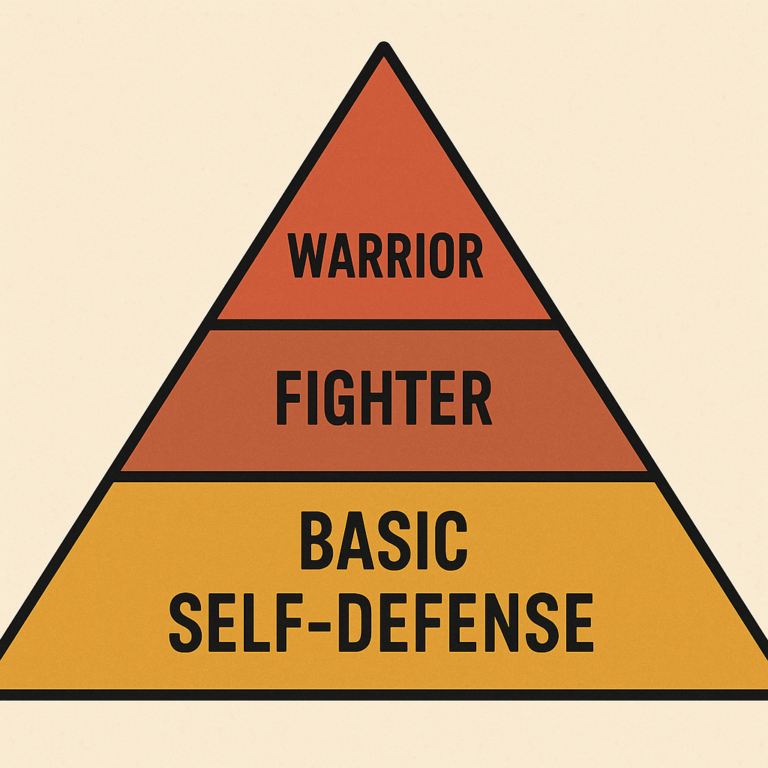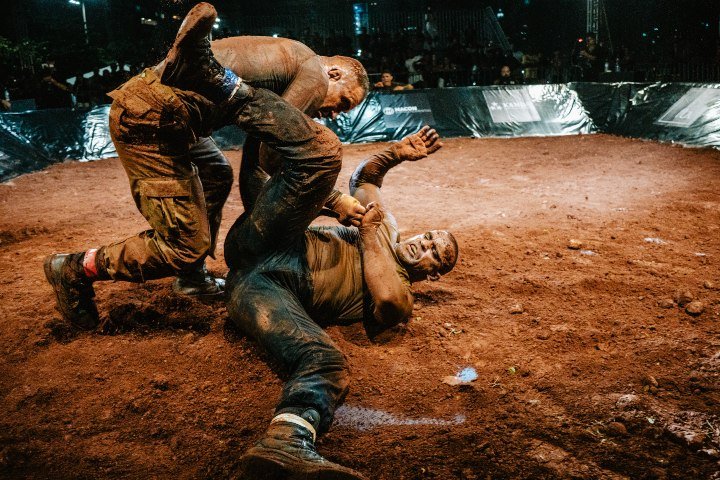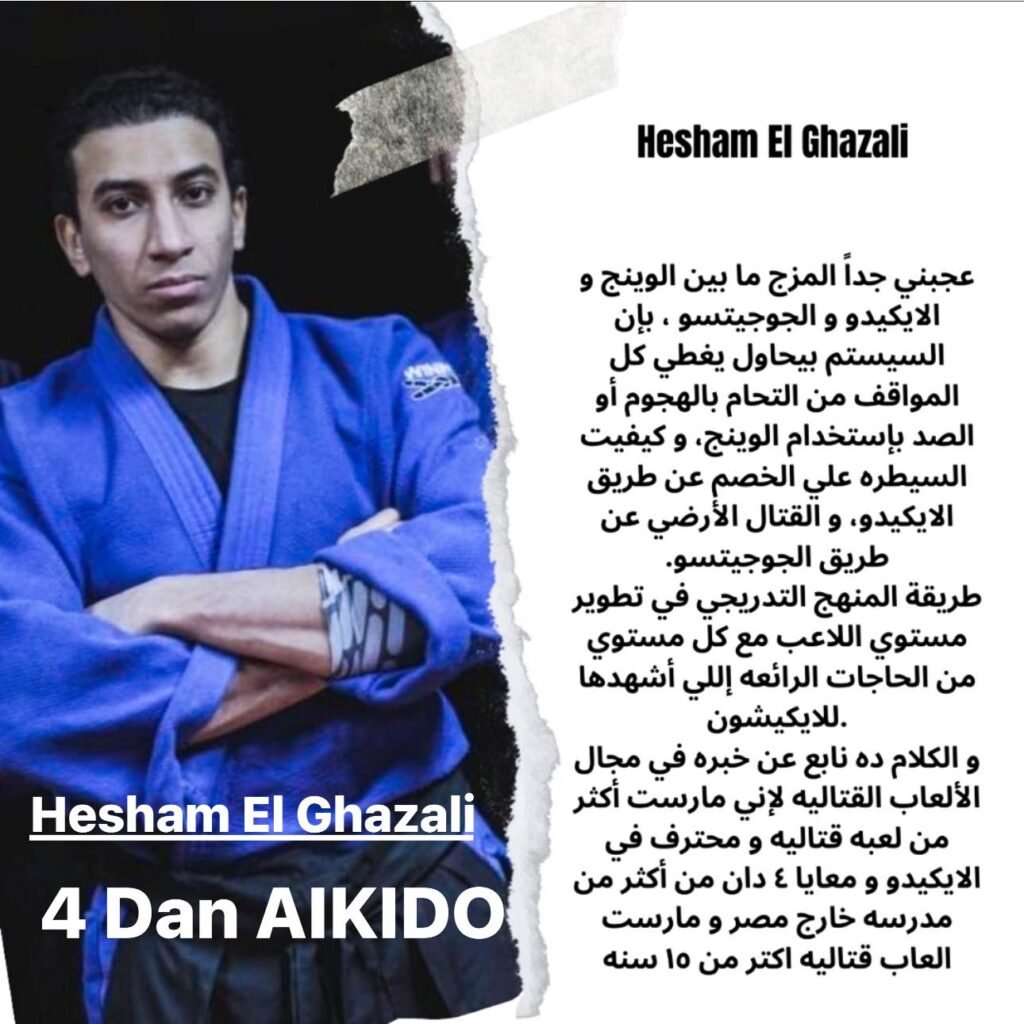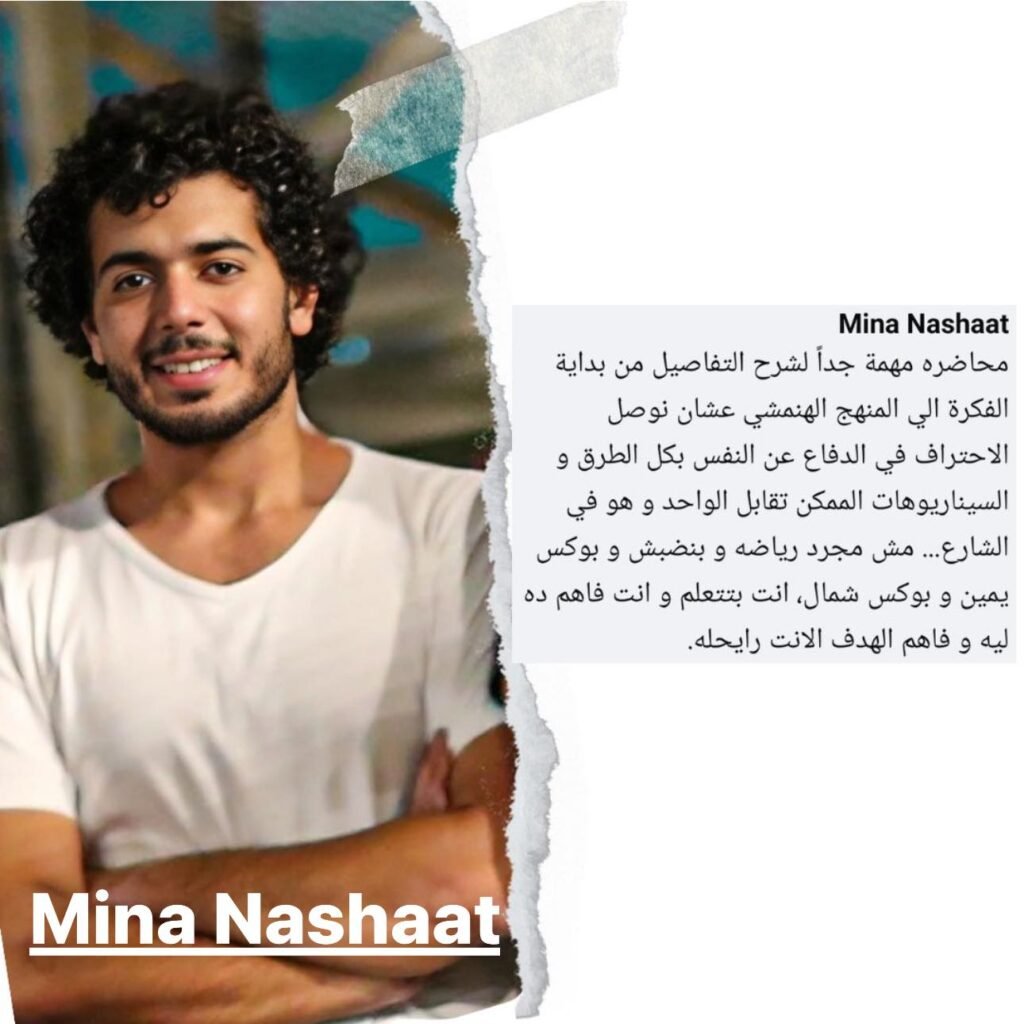
Discover the Power of Aikichun: A Revolutionary Combat System
Join Aikichun, a tactical training system that combines strength, speed, and strategy to confront threats in any environment. Whether you are a civilian, security professional, or military personnel, develop your combat skills with a scientifically designed methodology that integrates the world’s most effective martial arts.
[Start Your Journey Now]
Official Definition of the Aikichun System
Aikichun is a three-tier tactical system designed to train civilians, security personnel, and military forces to face threats in diverse environments. Classified as a Tactical Close Quarters Combat (CQC) Military system, it focuses on close-quarters engagements in military and security contexts, with the ability to handle all combat distances (close, long, and ground), manage weapons, and address complex scenarios such as ambushes, terrorist attacks, and hostage rescue operations. The system aims to create a new generation of fighters trained scientifically and realistically by transferring battlefield expertise to training environments, providing an effective alternative to traditional combat systems.
What is Aikichun?
The Aikichun system was founded by expert Mohamed Yosri Elfayez, based on over 20 years of experience in martial arts. It combines the most powerful techniques from Wing Chun, Aikido, Brazilian Jiu-Jitsu, Muay Thai, Kali, and Russian Systema into a simplified and rapid-learning methodology. The system retains the original names of techniques to ensure transparency, facilitate self-learning, and transfer knowledge, distinguishing it from other systems that may lack a clear methodology.
Complex martial arts, such as Wing Chun, which traditionally require 6 years to master, have been simplified into techniques that can be mastered in 6 to 9 months, or in a 3-month intensive training camp. At the first level, the system focuses on direct techniques that can be learned in weeks, making it ideal for beginners. The system relies on building muscle memory rather than memorizing specific movements, enabling trainees to respond to an infinite variety of attacks through coordination and rapid reaction without conscious thought.
The Philosophy of Aikichun
Aikichun derives its name from the fusion of Chinese martial arts (such as Wing Chun) and Japanese martial arts (such as Aikido, known as the “mother of martial arts”), embodying a balance between control, submission, and rapid neutralization based on the level of threat. The system is built on three core philosophical principles:
- Control Without Chaos: Delivering a decisive response without unnecessary escalation.
- Adapting to Surprises: Training the mind and body to receive and handle sudden threats immediately.
- Deconstructing Danger: Managing threats in stages (assessment, control, and neutralization if necessary).
Founder Mohamed AL-fayez emphasizes that teaching a large number of movements (such as 100 movements for 100 attacks) is ineffective, as an unexpected attack may overwhelm the trainee. Therefore, the system relies on systematic training to build muscle memory, ensuring flexibility and adaptability in unpredictable situations.
Rapid and Robust Response in Dangerous Situations
The Aikichun system excels in handling dangerous situations with strength and speed, focusing on rigorous physical training to develop automatic and rapid responses through muscle memory rather than relying on memorized movements. In military and advanced levels, the training is extremely strict and intense, simulating high-pressure, realistic combat scenarios to prepare trainees for critical threats. These trainings include direct and swift exercises for escaping dangerous situations and neutralizing opponents efficiently, enabling trainees to respond effectively in less than seconds, whether for self-defense or military engagements.

The Aikichun Combat Pyramid
The Aikichun system is structured as a hierarchical pyramid consisting of three training levels, each targeting a specific group and threat level:
Level 1: Civil Self-Defense (Protector)
-
Target Group: Civilians (men and women of all ages).
-
Objective: Equip trainees to handle 99% of untrained attackers (based on the statistic that 1 in every 100,000 people is combat-trained).
-
Focus: Self-defense without excessive use of force, following the principle of “survival without escalation.”
-
Skills: Escaping holds, defending against bladed weapons, controlling distance, reading aggressive cues.
-
Duration: 400 to 600 training hours.
Level 2: Security Tactical Combat (Fighter)
-
Target Group: Security personnel and private guards.
-
Objective: Develop skills for submission and control without lethal force, facing professional or multiple opponents.
-
Skills: Close-quarters combat tactics, opponent control, defense under pressure, handling multiple threats, maintaining restraint within legal boundaries.
-
Duration: 600 to 800 training hours.
Level 3: Military Combat Operations (Warrior)
-
Target Group: Military personnel and special forces units.
-
Objective: Prepare trainees for advanced military combat, mastering military tactics, and qualifying them to teach the system.
-
Skills: Handling firearms, explosives, engagements in open and confined spaces, group tactics, complex scenarios (such as ambushes and terrorist attacks).
-
Duration: 1000 to 1300 training hours, with final assessments.
Key Characteristics of the System
The Aikichun system covers all aspects of combat by integrating the following martial arts:
-
Wing Chun: For controlling very close distances, deflecting strikes, and delivering effective strikes.
-
Aikido: For grappling and control, particularly for arrest and detention purposes.
-
Brazilian Jiu-Jitsu: For ground fighting and submission techniques.
-
Muay Thai and Kickboxing: For controlling long distances and closing the gap.
-
Kali and Aikido: For handling weapons (such as knives and swords).
-
Russian Systema: For enhancing defensive tactics and flexibility.
The system offers three response levels based on the severity of the threat, requiring high-level training, mental clarity, and rapid coordination:
-
Arrest and Detention Without Harm: For controlling street or security situations without escalation.
-
Disabling the Opponent: Targeted strikes to neutralize the opponent if they pose a threat.
-
Neutralizing the Opponent: Terminating the threat in extreme danger scenarios.
Training Methodology
The Aikichun methodology is structured and includes Adrenaline Control training in every section and level, simulating real-world stress and tension to ensure performance under pressure, based on the founder’s philosophy: “What you learn in calm may disappear under pressure.” These trainings involve intense exercises to elevate adrenaline levels, such as surprise drills and realistic combat scenarios, to develop composure and focus. Training is standardized through a unified system for qualifying instructors, where instructors undergo qualification courses and competency tests to ensure consistent quality across all branches.
Level 1 Training Stages
Each section of Level 1 is divided into three stages, with trainees classified based on muscle response speed (G: Fast, M: Medium, S: Slow):
Omega Stage (100 to 200 training hours)
-
Learning 10 distinct defensive and offensive techniques.
-
Practicing techniques with a partner.
-
Applying techniques in multiple directions.
-
Performing drills to reinforce learning.
Beta Stage (100 to 200 training hours)
-
Integrating techniques into sequenced training drills.
-
Focusing on stability, balance, explosive power, sensory awareness, composure under pressure, rapid adaptation, and evasion.
Alpha Stage (100 to 200 training hours)
-
Engaging in realistic, compound training drills that simulate combat scenarios.
-
Completing the Fast Hunting Test.
-
Participating in Adrenaline Control training.
-
Practicing sparring.
-
Training others.

Training Sections Across All Levels
- Striker: Standing combat using Wing Chun techniques.
- Grappler: Throws and control using Aikido techniques.
- Grounder: Ground fighting using Brazilian Jiu-Jitsu techniques.
- Bladesman: Weapon handling using Kali and Aikido techniques.
- Tactician: Combat scenarios and tactical strategies.
Training Objectives
- Controlling adrenaline and strategic thinking under pressure.
- Subduing opponents without causing harm.
- Disabling or neutralizing opponents when necessary.
- Developing stability, balance, explosive power, sensory awareness, rapid coordination, and appropriate strategy.
QOWAT TEAM: The Advanced Combat Unit
Within the military level, Aikichun includes a specialized unit known as QOWAT TEAM, a force trained to the highest standards of tactics and response. This unit serves as the operational embodiment of the system’s philosophy, prepared to:
- Pass field combat tests under extreme pressure.
- Neutralize terrorist threats in mere seconds.
- Execute breach operations and hostage rescues.
- Operate in diverse environments (urban, desert, mountainous).
International Accreditation
The Aikichun system has received international accreditation from official institutions:
- China: Trained anti-crime forces in Shenzhen for 4 years, achieving tangible field results (reduced engagement time and increased control without losses).
- Egypt: Integrated into training for Military Academy graduates and elite units, with presence in over 4 branches in Greater Cairo.
- Turkey: Conducted field training, with plans to expand accreditation to other countries.
Aikichun as an Institution
The Aikichun system is not merely a combat system but a global educational and training institution that offers a comprehensive curriculum integrating practical training, mental and psychological preparation, and combat philosophy. It trains individuals from diverse backgrounds, including athletes, security guards, police officers, special forces, civilians, and even children.
Leadership and Expertise
The system is overseen by Sensei Mohamed AL-fayez, who possesses over 20 years of experience and has supervised the training of anti-crime forces in China for 4 years.
Accreditations
Trainees receive certificates accredited by:
Egyptian Judo, Aikido, and Sumo Federation.
- Egyptian Kung Fu Federation.
- Egyptian Jiu-Jitsu Federation.
- A certificate from the founder, qualifying trainees to teach the system and granting official accreditation.
Eligible Age Groups
- From age 12 (with a minimum height of 155 cm).
- Up to age 65 or older for athletes.


